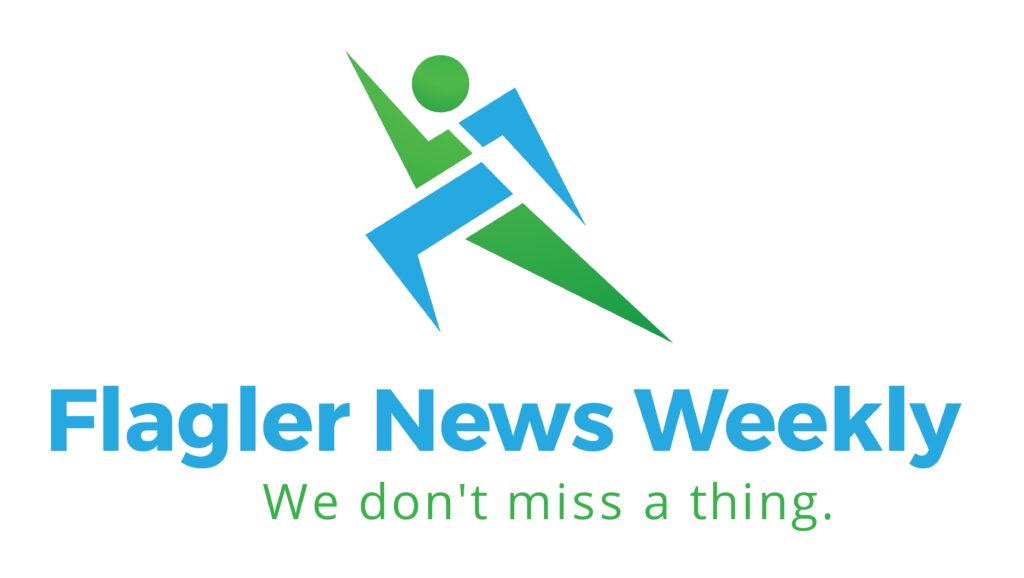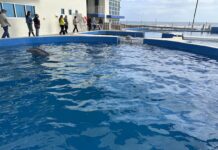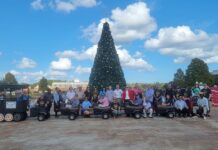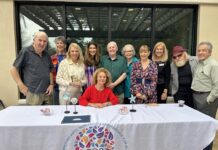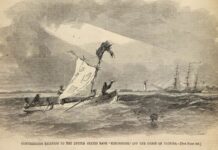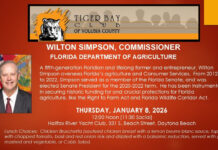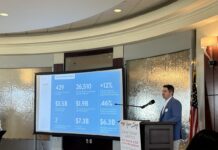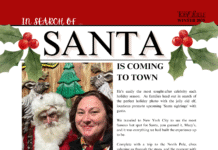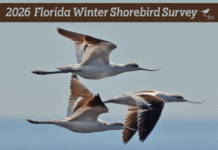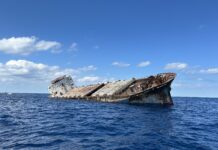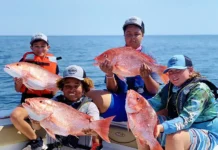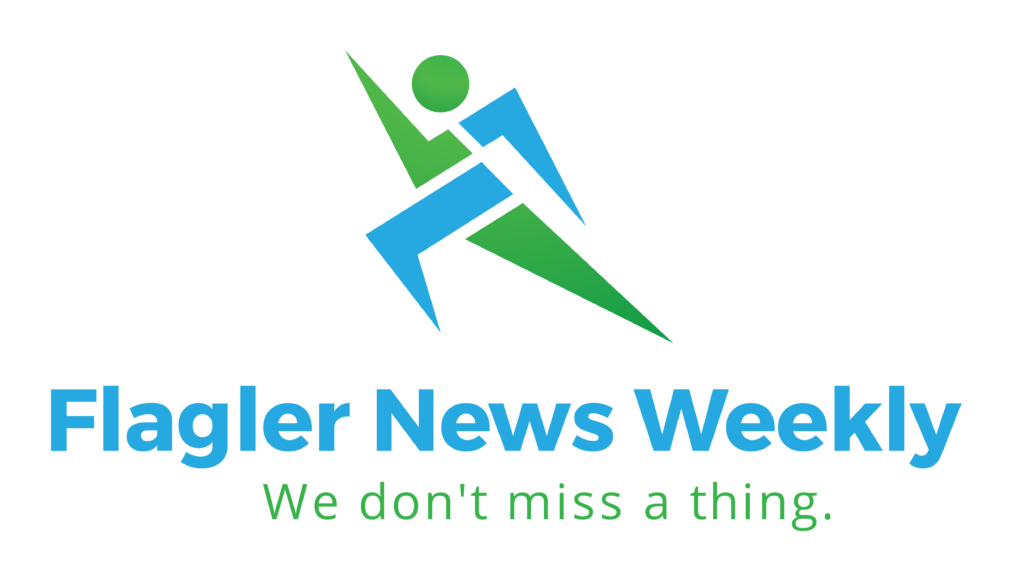February 28, 2024 – “Citizen scientists” in Flagler County are being called upon to assist the county’s Land Management Department in its efforts to manage feral hogs by reporting sightings of them. Those interested in tracking the data can go to the newly added Transparency Dashboards page at www.FlaglerCounty.gov/data.
“In an attempt to enhance our management capabilities on county lands, and to help the public better understand the hog population in the county, Flagler County Land Management is glad to announce the new Feral Hog dashboard,” said General Services Assistant Director Michael Lagasse. “The intended use of this dashboard and the separate reporting tool is to develop a data-driven understanding of where and when feral hogs are most active in our county.”
Feral hog impacts include the following:
- Rooting damage to agricultural fields and yards
- The spread of invasive plant species
- And, in some very rare cases, hazards to humans
“Feral hogs are known to carry any of number of several bacterial diseases and due to their ability to rapidly proliferate, and the difficulty in eradicating them, can be expensive and frustrating to our citizens – whether they are residents, businesses, or agricultural producers,” Lagasse said. “Flagler County Land Management has been working behind the scenes on county-owned conservation lands and parks for more than a decade to manage the species due to the damage caused to county lands.”
Flagler County is not able to respond to hog concerns on private property, but staff is interested in getting a better understanding of hog populations throughout the county. The Land Management feral hog webpage has links to the Florida Fish and Wildlife Conservation Commission’s Wild Hog Species Status and the University of Florida IFAS Extension’s Feral Swine Fact Sheet.
Feral hogs are an invasive species introduced to Florida in the 1500s by European explorers. Over the years, feral hogs have been found to be present in every county in Florida and many more across the southeast all the way to California and north into New England. They are prolific reproducers with very little pressure from predators as adult sized animals.
The animals cause damage to crops and natural areas and are a significant problem for our agricultural producers and conservation land managers in the county and in the region. They also cause damage to residential areas throughout their range.
The Feral Hog dashboard was developed through a collaboration of Geographic Information Systems (GIS) Manager Taylor Phillips and Land Management staff.
“We have a lot of anecdotal evidence from observations over the years in the county, but this tool allows us to enlist the county’s residents as ‘citizen scientists’ in helping us understand and characterize the feral hog issue in Flagler County with data” said Land Management Specialist Rauney Mitchell. “Although the tool won’t generate a call for a direct, physical response to each report, this data will help us to focus efforts for management on county lands and to help advise the public about feral hog activities and management opportunities.”
Citizen scientists can click a location on a map, leave a comment, provide an estimated total of hogs seen per sighting, and even submit photos using the reporting tool. When a report is made, all Land Management staff will receive an email of the occurrence. The citizen scientist who reports it will get follow-up from the county to let them know that their report has been received.
“If we can better understand the geographic scope and population estimates in Flagler County, we can better understand if and when we should focus resources towards management of the species,” Lagasse said.
Follow Flagler County Government on Facebook: www.facebook.com/FlaglerCountyGovernment.
